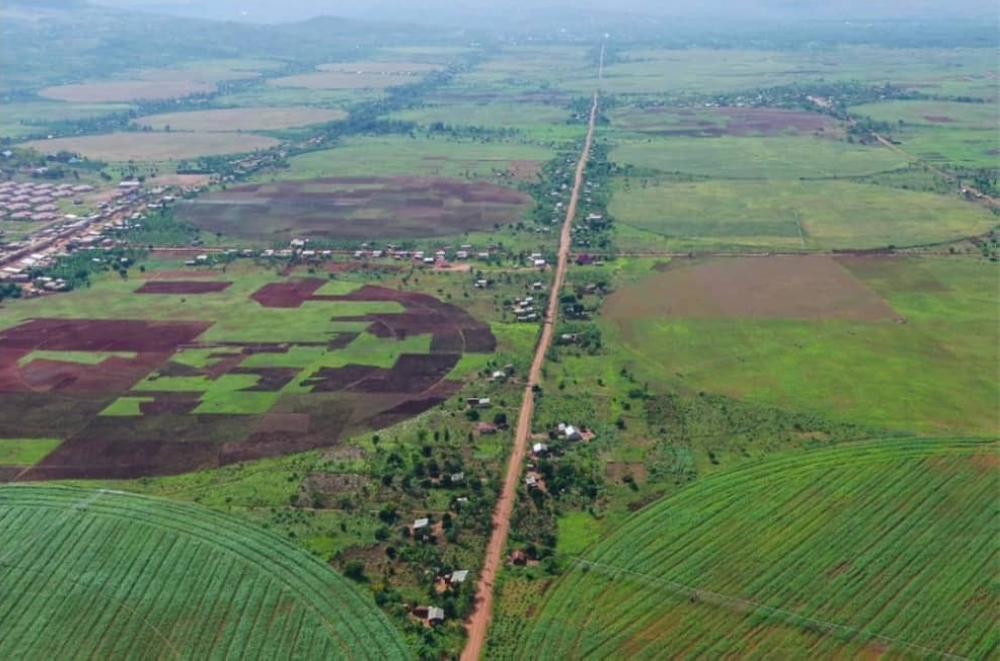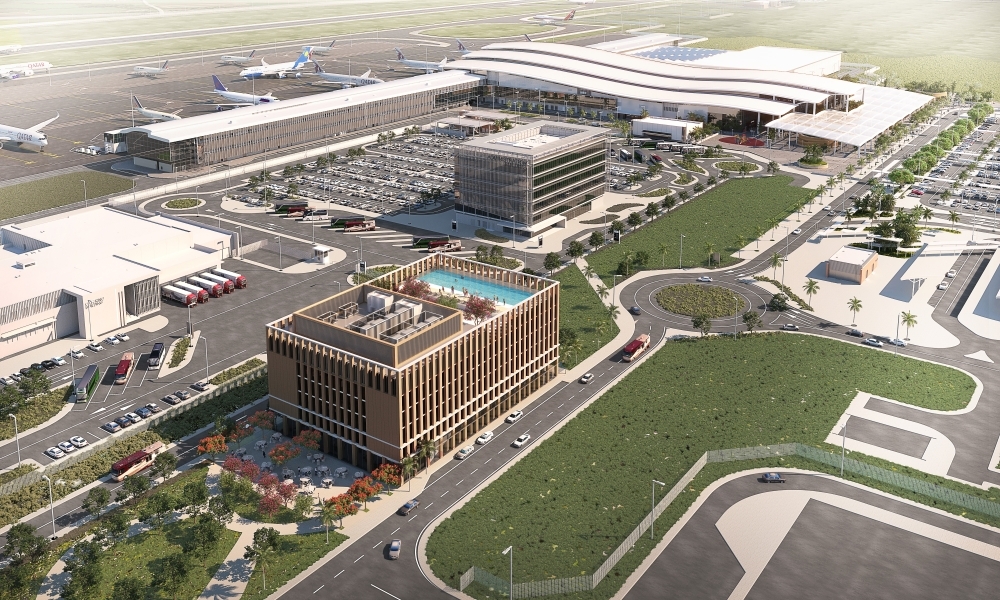

For some foreign nationals unfamiliar with recent developments in my country, the mention of Rwanda may trigger memories of tragedy – the 1994 Genocide against the Tutsi – playing out on their screens.
Yet to those who have keenly followed Rwanda’s story since the end of that dark chapter in the country’s history, they will point to a country with a clear vision to sustainable socioeconomic transformation, one of the fastest growing economies in the world, a nation with an inclusive development model, a rising tourism and MICE destination, a green and clean country, among others.
While much of the media’s attention on Rwanda’s success story focus on the capital Kigali, there is as much transformation going on across the rest of the country.
I have served in local government authorities outside of Kigali for a number of years now and I can attest to the change that has taken place in the countryside, which most critics and journalists have missed as they obsessed on finding fault in Kigali’s evolution.
I have witnessed people’s lives being transformed in a matter of years, if not months, and I have seen previously remote villages turn a corner after being connected to the national grid and supplied with clean water. I have witnessed how good roads in the countryside have linked farmers to markets and how access to universal healthcare has revolutionalised the health sector and saved lives, how families’ fortunes have been turned around through easily accessible public services and through education scholarships of their children, among others.


Take the example of Kirehe District, which has a population close to half a million people. Fifteen years ago, there was not a single household in this district with electricity, with only the Rusumo border post lit with solar power.
Fast forward to 2024, Kirehe has electricity coverage of more than 70 per cent, the last seven years having seen power in the district increase three-fold. The district is now also home to a solar power plant that contributes more than 3.3MW daily to the national grid (as a surplus from Nasho irrigation facility), while it also boasts the Rusumo hydropower plant, which is set to supply 80MW to Rwanda, Burundi and Tanzania.
Connecting provinces and people
Another example of the transformation that’s quietly swept across the countryside is the construction of inter-provincial and feeder road networks, allowing for citizens to comfortably move from one province to another without travelling through the City of Kigali. These investments have not only helped ease traffic in the capital, but they have also facilitated trade between provinces, and within and between communities, significantly reducing travel time. You can now move from Nyagatare in Eastern Province and head to Musanze or Nyanza and then to Rusizi in Western Province without setting a foot in Kigali.
In addition, through public-private partnerships, the government has promoted construction of modern hotels outside of Kigali, some of which are among the very best in the country and even on the continent. These investments have evidently been scaled up in recent years as the government identified tourism and MICE (Meetings, Incentives, Conferences and Exhibitions) as key drivers of the economy, with significant rewards. State-of-the-art facilities like Epic hotel in Nyagatare are a commonplace outside of Kigali and have proven to be a magnet for tourists, creating immense opportunities for nearby communities.
There are equally significant achievements made across other various sectors as well, such as in agriculture, where, for instance, government has boosted food security in Eastern Province through development of more than 8,000 hectares of marshland which are being exploited by farmers’ cooperatives. More than 100 privately owned agro-processing units that add value to agriculture and livestock products have also been set up, creating livelihoods and value for many.
Top notch attractions
The ever-growing lure of popular tourist attractions like the Akagera National Park in Eastern Province have also helped to transform the lives of people in their vicinities through jobs, markets, infrastructure like roads, electricity and clean water, as well as other benefits provided through the Rwanda Development Board’s tourism revenue-share scheme.
And, with the kind of projects that are in the pipeline across the countryside, including the highly anticipated international airport that’s under construction in Bugesera District, as well as emergence of industrial zones across secondary cities in different provinces, it is safe to say that the trajectory of growth in regions outside of the capital Kigali will only get stronger.
These are the kinds of radical transformations I have witnessed, living and working outside of the City of Kigali.
Happy Liberation Day to all Rwandans!
The writer is Vice Mayor in charge of Economic Development in Rwamagana District, Eastern Province.


